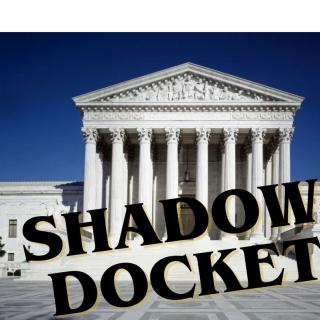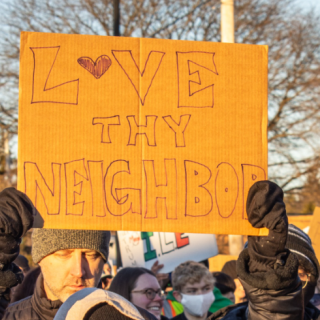Columbus voters have line-item budget appropriation powers at the ballot this May. It will be split into five separate bond issues ranging in amount from $50 million to $425 million coming to a grand total of $1.03 billion for all five. The following is a breakdown of what exactly each bond issue could, but not necessarily will fund, according to the city and county officials I have contacted, as well as other documents made public by the city. Most are straightforward things that you would expect your city budget to cover, but some are more ambitious proposals, with one being downright historic for our city.
Issue 7: The stated purpose of issue 7 is $205 million for Health, Safety and Infrastructure.This is the one that has the most ambiguity and ambition. It seems to include everything that did not fit in the other four categories, but are usually funded through separate bond issues of their own, namely, police, fire, and other municipal facilities. This money would be used for acquiring, constructing, renovating, and improving municipal facilities and other infrastructure, including health and safety facilities. It will also be used to acquire real estate, and to landscape, generally improve, furnish, and equip said acquired real estate.
When I asked the Mayor’s office to be more specific about what projects they had in mind, they said nothing was set in stone until it is officially put in the city budget, but mentioned police and fire facility improvements, new police and fire stations, fire apparatus and safety equipment (including equipment for medics, platform ladders, and engines). Now where this goes from your run-of-the-mill police and fire funding to something more ambitious is the Mayor’s plan that he spoke about when announcing this bond package to build a new high-tech real-time crime center. In his announcement he said this will be to “help us collect and analyze crime-related data and provide it rapidly to our first responders”, and it will be, “another tool for us to serve the people of Columbus, a data-driven approach.” I’ll leave the merits of data-driven predictive policing for another reporter, but will say there is much debate on their inherent prejudices.
There also seems to be little information on how and what data will be collected and the privacy and surveillance issues that inevitably come with that. Last, the city wants a new municipal court complex. The current court complex on High and Fulton was only built in 1979, but the city says it is outdated and has aged poorly. Although the price to renovate and modernize the existing structure would cost tens of millions of dollars less, City Hall seems to have made up their mind that the money from the bond issue will be used to build a brand new building. It also overlooks the environmental impact that the construction of a new complex would have versus renovating the existing structure. If they end up deciding to demolish the old court complex, that would be a whole lot of building material headed towards a landfill for a city that loves to tout its Sustainable Columbus initiatives.
Issues 8, 9, and 10 are all classic, straightforward funding for specific city government departments. Each allow for the acquiring, constructing, renovating, and improving of that department’s infrastructure. They also allow for the acquisition of real estate and interests in real estate, and to landscape, generally improve, furnish, and equip said acquired real estate.
Issue 8: This one is $100 million for the Recreation and Parks Department. It could be used for municipal parks, playgrounds, recreation facilities, and any of the equipment for the programs that take place therein.
Issue 9: This one is $425 million, the largest of the five, for the department of Public Service. It covers streets (potholes!), highways, and garbage and recycling collection.
Issue 10: This one is $250 million for the Department of Public Utilities. It covers water, power, sanitary sewers, and storm sewers.
Issue 11: This was the bond issue I was referring to earlier when I said one of the proposals is historic. This is the smallest bond package at $50 million, but for some it could be the most significant. For the first time in Columbus history a bond issue is being put to the voters to purchase property for the purpose of building, or renovating existing structures, for affordable housing units. Specifically, this bond issue aims to promote neighborhood and community development through affordable housing by purchasing, constructing, demolishing, renovating and improving, equipping, furnishing, and extending utilities to residential and commercial structures in the city. I was also told that this money would be able to be used to remediate environmental issues involved.
These measures will be available for all Columbus residents to vote on during the primary election on May 7th. The deadline to register to vote in the primary election is April 8th with early voting beginning on April 9th. Visit the Franklin County Board of Elections website to register and for more information on early voting.
Max Gowins loves Columbus, free and fair elections, and an informed electorate. He currently lives in Old North, and covers elections across the country for Decision Desk HQ.
Max Gowins loves Columbus, free and fair elections, and an informed electorate. He currently lives in Old North, and covers elections across the country for Decision Desk HQ.



